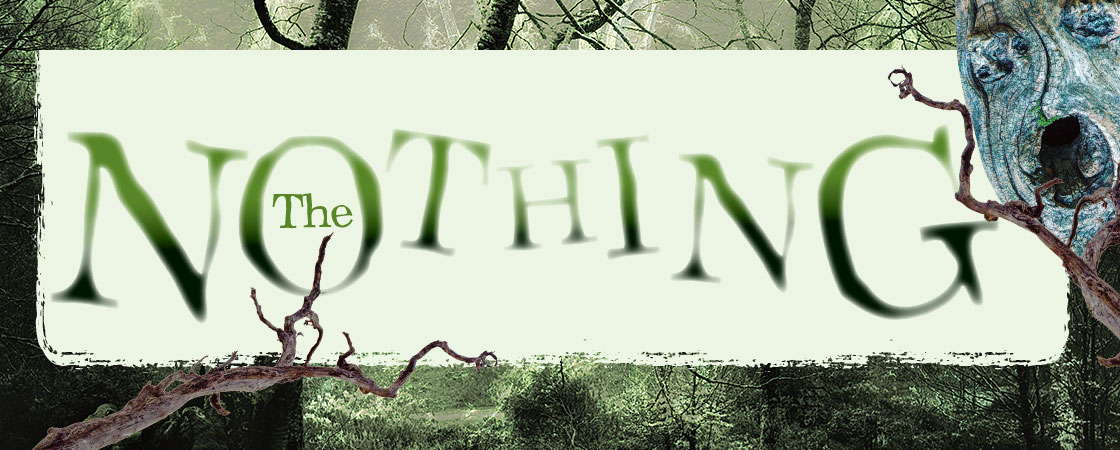It was one of those days when the sky is dark and bright at the same time, when the trucks careening down the highway behind my house don’t seem to make a sound, when it’s 85 degrees but people are wearing sweaters. I was walking into the forest—a chewed-up tangle of a place on the other side of the highway. The trees are scraggly there, the soil dusty. Even the birds are glum. About a mile in, though, the forest starts to change. It gets greener and denser and wilder. Most people don’t come here because from the road, it doesn’t look like much. But that’s the thing, isn’t it? People don’t take time to look at things deeply, to search out the hidden places, the places that might be just around the corner.
I was glad of that, though, because deep in the forest, I could be alone—and also not alone. There was a tree, a strange and beautiful tree, that had the circumference of a dinner table and foliage so thick I was always in its shade, no matter where the sun was in the sky. When I sat against the trunk, doing my homework or just closing my eyes and listening to the wind, it felt as though the tree wanted to tell me something.
And on that day, it did.

